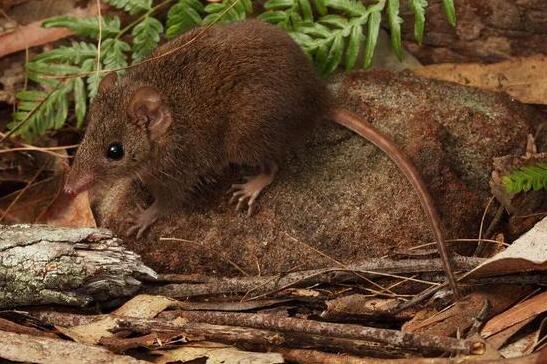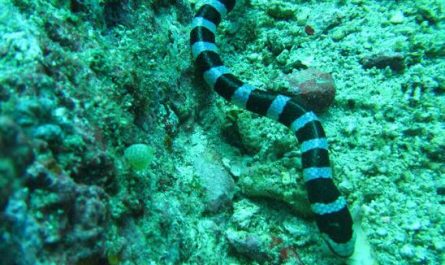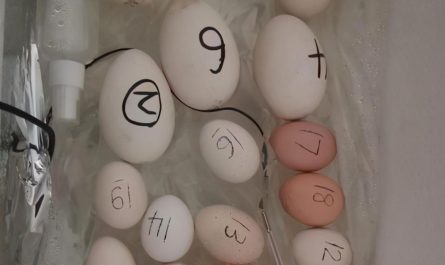A small animal in Australia, the brown-bag shrew, is known for having the craziest and deadliest mating method among mammals. This type of mating came at the cost of the death of all male brown-bag shrews, but the species continued. Some studies have found that climate warming and forest fires in Australia are seriously threatening the survival of brown-bag shrews.
In the book “Cheating Time: Science, Sex and Aging”, popular science writer Roger Gosden (Roger Gosden) wrote that it is impossible to find a male marsupial shrew after the August mating season in Australia thing. What he described is a mammal that looks like a mouse—Antechinus stuartii. It is not only the smallest mammal, but also several species of marsupial shrews including it. It is also one of the very few mammals in a lifetime (semelparity, there is only one mating period in a lifetime) animal.
Male brown-bag shrew forced to die
Every year, before spring in Australia, all 11-month-old male brown-bag shrews die. Previously, the brown-bag shrew had a mating period of up to 3 weeks. In order to have more offspring, during this period, male brown-bag shrews will mate with females one after another until they run out of energy. In the most extreme cases, the male brown-bag shrew will die due to lack of energy to maintain a basic immune response. Their deaths were miserable: they were blind and all the fur on their bodies fell off. The collapse of the immune system caused them to eventually die from gangrene (infection by spoilage bacteria after tissue necrosis) and tissue ulceration. In mammals, this deadly mating behavior is extremely rare, so it left a deep impression on scientists.
(Ephemeroptera) is a typical example. But what puzzles scientists is that, like other mammals, the brown-bag shrew can adopt more complicated ways to extend the mating period. Why would it choose a one-time reproduction method similar to insects? In a previous study published in the Proceedings of the National Academy of Sciences, researchers explored in detail the reasons for this behavior in brown-bag shrews and why this sexual competition only leads to male deaths.
They combined actual observations and models to evaluate a variety of theories put forward by scientists before, and believed that the reasons for these phenomena were the combined effect of the environment and the competition within the population. First of all, brown-bag shrews (feeding on various insects) only have surplus food in spring. The mating period is just in spring. When there is a lack of males in the population, food competition is reduced, and the female brown-bag shrews and cubs will have more food. But researchers believe that these male sacrifices may not be voluntary, more likely because the males themselves have a low chance of surviving after mating, and the damage and aging caused by mating also make them lose some competitive advantages.
In addition, they discovered an unexpected but critical reason: the death of male brown-bag shrews was largely attributed to the females in the population. All female brown-bag shrews have a uniform and fixed mating period, and they will mate with multiple males during mating. In order to adapt to female changes, a single male brown-bag shrew had to make efforts to improve the survival rate of its offspring, which in turn prompted the evolution of this special and intense mating mechanism.
Peculiar physiological changes
The male brown-bag shrew has also evolved a physiological change that most mammals do not have. Before the mating period, their testes will be slowly degraded by the body and no longer produce sperm. In other words, their sperm count will not increase, but will disappear little by little with urine. When the mating period comes, the reproductive instinct drives them to mate with more females. However, the competition between these male brown-bag shrews is not a physical struggle, but to increase the possibility of their own sperm “victory” in sperm competition (sperm competition, competition between sperm of different individuals in the same female). In order to successfully fertilize their sperm, they need to prolong the mating time as much as possible. Some scientists have observed that a single mating time for brown-bag shrews may be as long as 14 hours.
Some researchers have also discovered that male brown-bag shrews have extremely high levels of testosterone and cortisol (also known as “stress hormones”) in their blood before they die. Among them, testosterone allows the brown-bag shrews to mobilize all the energy in the body to provide energy for reproductive behavior, and the increase in cortisol allows them to have a stronger ability to endure fatigue and pain. But the consequences can be imagined. In the late mating period, due to excessive consumption and subsequent side effects, the male brown-bag shrew died tragically.
Professor Diana Fisher from the University of Queensland conducted a detailed study on the evolution of male brown-bag shrews’ reproductive behavior. She said that for these male brown-bag shrews, there is only a short period of time a year with sufficient food, so they must be short-lived, and all their energy is used for a crazy and deadly breeding period. Is the best strategy. The so-called living fast and dying early is also an adaptive evolution.
Greater existential threat
Although the total death of males will not threaten the continuation of these bag shrew populations, a greater environmental threat may bring them to the brink of extinction. According to a study published in Frontiers in Physiology last year, scientists at the University of New England in Australia said that due to global warming, the ability of bag shrew cubs that grow at higher temperatures to regulate body temperature and metabolism will be affected by environmental changes. decline.
Since these bag shrews are mammals that last a lifetime, they may undergo a complete population replacement in more than a year. The impact of temperature changes on the regulation of body temperature may be more serious. The researchers said that this change may prevent these bag shrews from entering hibernation when they encounter a cold environment where food is scarce. In addition, global warming and drought are exacerbating forest fires in Australia. When a large number of insects die in the fire, the bag shrew will be precarious.






